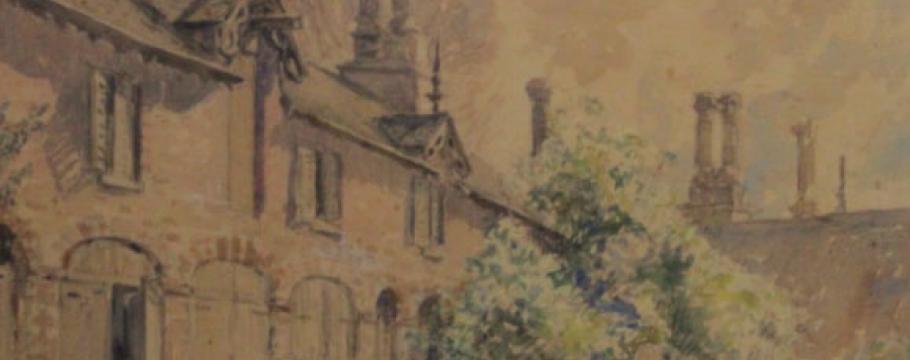

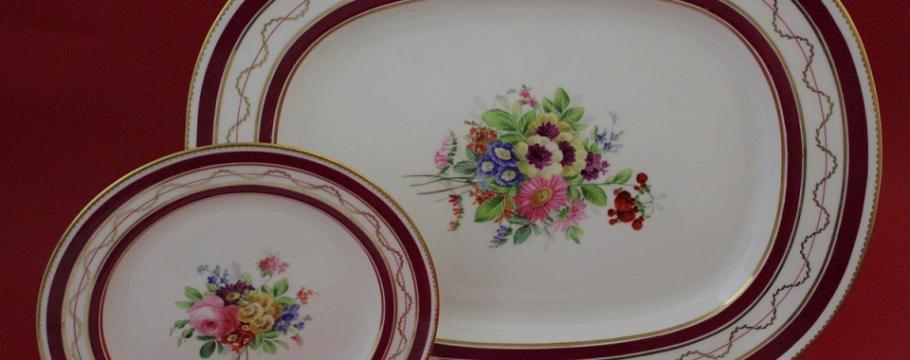

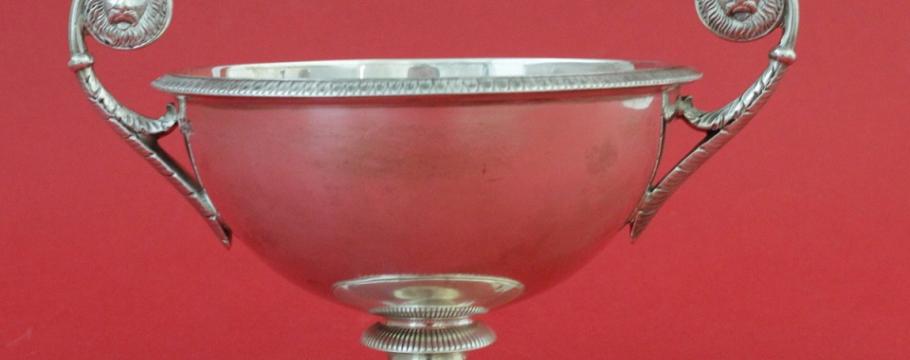
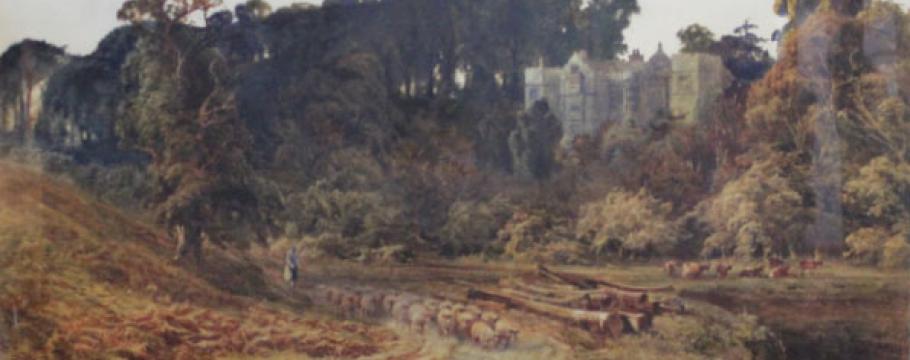
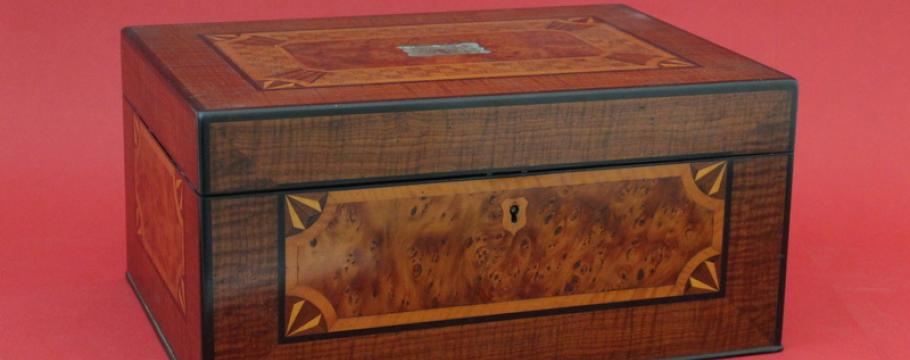

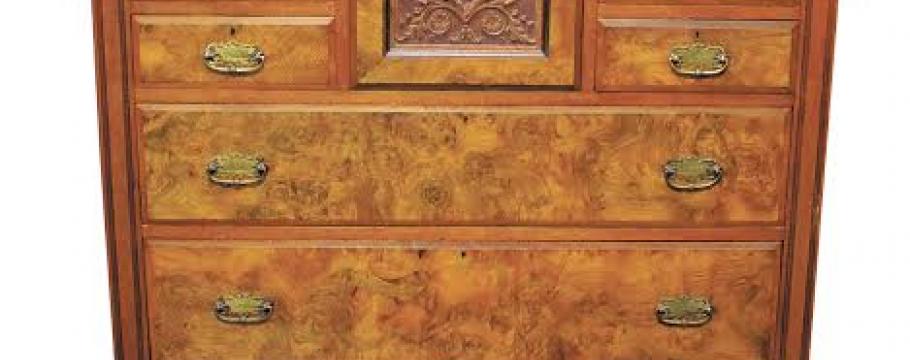
Auction items a reminder of significant Australian pioneers
Author: Richard Brewster | Posted: 3rd August, 2015
Young’s Auctions special sale from 9.30am Friday August 7 will be a strong reminder to auction goers of two famous Victorian families – one who was instrumental in the development of medal and sterling silver manufacture in the State and the other a pioneer of the Western District.
English-born diemaker Thomas Stokes migrated to Australia in the 1850s in an unsuccessful search for gold and instead established a business in Melbourne minting large numbers of tradesmen’s tokens.
In 1911, the business, which had diversified into school and institutional badge design and production, became a proprietary concern (Stokes & Sons) and began to focus on mass medal manufacture.
In 1962, Stokes & Sons, which by now was manufacturing components for the automotive and domestic appliance industries, became a public company and took on the title Stokes (Australasia) Pty Ltd.
William Stokes is a family member who is now auctioning furniture that belonged to his mother through Youngs Auctions sale this forthcoming Friday at 229 Camberwell Road, East Hawthorn.
His mother was originally Margaret Black, whose father Steuart Gladstone Black was the son of Niel Black who in the 1850s built Glenormiston Homestead at Terang in the Corangamite Shire.
The homestead is of significant historical and architectural worth as an illustration of the colonisation process of Victoria’s Western District.
The imposing proportions of the house and the remaining traces its European gardens provide a powerful statement about the impact colonisation had in the area.
Prior to Niel Black’s arrival, the property had been the site of a local aborigines massacre – carried out to consolidate European settlement of the region over the indigenous people.
What makes Glenormiston historically significant is its transformation over a long period, illustrating the process of pastoral consolidation and rural change in Victoria.
Through his sheep and cattle interests, Niel Black became a man of wealth and importance and in 1859 a Member of the Legislative Council.
Despite the family losing the property when the Niel Black and Company partnership was dissolved in 1869, his son Steuart bought it back and in 1908 substantially altered the homestead, living there until he died in 1939.
The family was one of the Western District pastoral elite and it was only the growing expense of maintaining such a large homestead that influenced the Blacks decision to sell the property in 1949 to the Victorian Government for an agricultural college (not opened until 1971).
Having ceased operating as a college in March last year, the Department of Education and Training is currently deciding on its educational future.
The furniture and effects for auction are a reflection of the era – none more important then the Nicholas Chevalier drawing of Glenormiston after it was built, an engraving of which later appeared in an edition of the Australasian News.
Leading Australian artist of the late 19th and early 20th centuries, Robert Prenzel, designed much of Glenormiston’s interior wood furnishings (including the staircase).
The auction contains one of his oak wood box creations (known by the Black family as the ‘Prenzel box’) from the property – along with a set of his 1.8-metre by 900mm designer shelves.
There also are two monogrammed hairbrushes with the initials SGB (belonging to Steuart Black), a sideboard by early 20th century Melbourne furniture maker Rojo and a burr walnut chest from the old Melbourne department store Buckley and Nunn.





